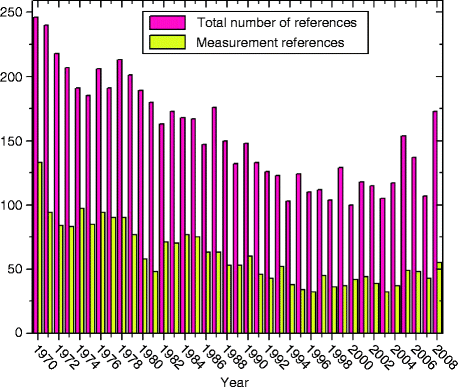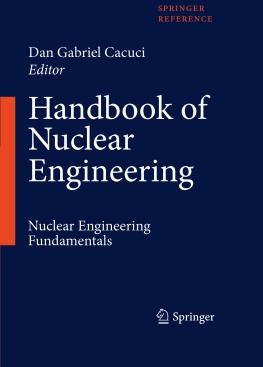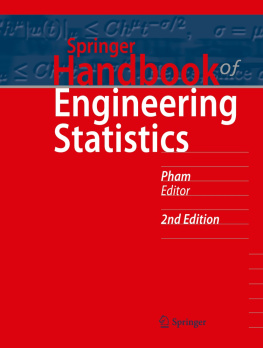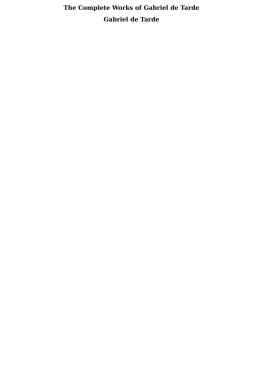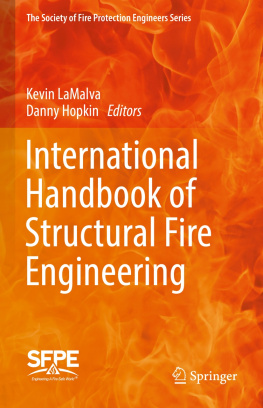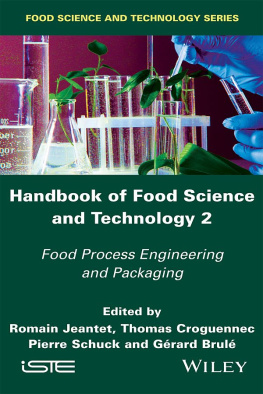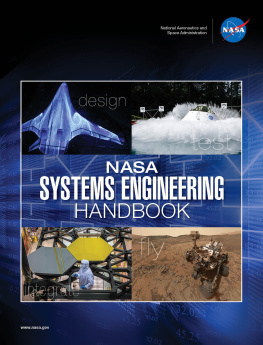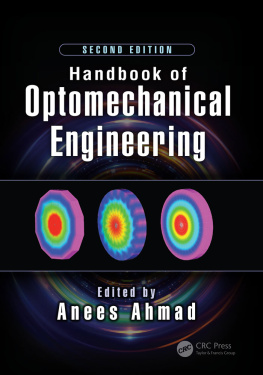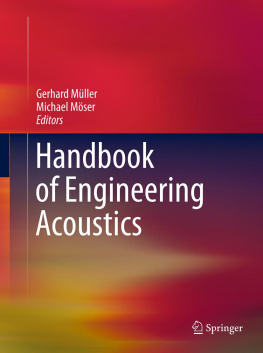Introduction
When a beam of particles impinges upon a nucleus, the ratio of the reaction rate (in units of s 1) to the incident flux (in units of cm 2s 1) is defined as the cross section (in units of cm2 or barn with 1 barn = 10 24 cm2). The cross section is thus a measure of the strength of a reaction.
Neutron cross sections are the key quantities required to calculate neutron reactions taking place in reactors, shields, transmuters, nuclear explosions, detectors, stars, etc. Neutron cross sections have been measured over the past 70 years and techniques are being continually developed to improve the accuracy and completeness of neutron cross section data for both stable and radioactive nuclei. As new reactors, neutron sources, waste transmutation devices, and medical applications emerge, there is need for improved neutron cross section measurements.
There is an ongoing major international effort to provide a complete-as-possible compilation of evalulated cross section data for nuclear calculations. Major evaluation compilations are ENDF (USA evaluated nuclear data library) (Chadwick et al..
It is a difficult task to review such a large effort as neutron cross section measurements without committing errors of commission or omission. If we erroneously reported on your laboratory and/or its publications, we apologize in advance as it was never our intent to be in error. Also, if we either left you out of our summaries or did not give as much attention to your contributions as you deem we should have, again we apologize with the excuse that it was impossible to present all the work that has been and is now going on. We admit that we presented many details from the laboratories that the authors are working with this was only because the authors are more familiar with these works and does not imply that they are superior to other laboratory efforts. Finally, we did not include any figure-of-merit listings that were so popular in the past when comparing neutron sources. In retrospect, these figures-of-merit frequently wound up making ones own neutron source look superior to anothers, whereas the total merit of a neutron source can never be summarized by a single number. It is the total impact of the cross sections measured, the number of published articles and conference proceedings, the impact on the field, etc. that need to be taken into account in evaluating a neutron source. To paraphrase British Prime Minister Benjamin Disraelis famous statement There are lies, damned lies and figures-of-merit. (There are lies, damned lies and statistics is attributed to Prime Minister Benjamin Disraeli in the nineteen century. Mark Twain again made it famous in the twentieth century. Wikipedia: http://en.wikipedia.org/wiki/Lies_damned_lies_and_statistics ) (2009).
History
The neutron was discovered by Chadwick in 1932 from the interaction of alpha particles incident on beryllium or boron (Chadwick ). Ultimately the neutron was discovered to produce fission in uranium and this led to the major effort in the 1940s to produce nuclear reactors and weapons. The design of these neutron devices critically depended on neutron cross section data from thermal to tens of MeV energy and major laboratories in the US and Europe were set up to make these measurements.
In the 1930s and 1940s cross section measurements utilized the neutrons from accelerators and early reactors. Activation with and without Cd covering and reactivity measurements using devices such as the pile oscillator provided thermal-spectrum-averaged cross sections. Crystal spectrometers, neutron velocity selectors, and neutron choppers using the time-of-flight (TOF) method provided sufficient energy resolution to measure resonance energy cross sections typically up to 100 eV. In the 1950s positive ion accelerators utilized nuclear reactions to produce monoenergetic neutron beams and these provided cross section data from the keV to MeV energy range. Pulsed accelerators for electrons and protons were used to produce intense bursts of neutrons which enhanced the TOF measurements well beyond what fast choppers could provide. Even nuclear explosions were used to provide a very intense pulse of neutrons for time-of-flight experiments.
Since the 1970s cross sections were mainly obtained either by pulsed accelerator TOF methods (Ray and Good ).
Recently the pulsed spallation sources at Los Alamos (Lisowski and Schoenberg ).
The above list of laboratories is not exhaustive but the references will provide a good starting point for the interested reader.
Neutron cross section measurements increased rapidly into the 1950s and 1960s as many laboratories were set up throughout the world for these measurements. This activity peaked in the 1960s but decreased from 1970 to today, as shown in Fig . ). Here we see that from 1970 to 2000 the activity in this field dropped by about a factor of two. This drop reflects the decrease in the funding in this field with the corresponding decrease in the number of laboratories working in this area. From 2000 to 2008 the activity increased 25% and, with the renewed interest in new power reactors, it is predicted that this rate will continue to rise in the next decade or so.
Figure 1
The plot labeled Total number of references shows the total number of references published per year pertaining to neutron cross sections; these publications refer to both evaluation and experiments. The plot labeled Measurement references are for publications which contain information on neutron cross section measurements
